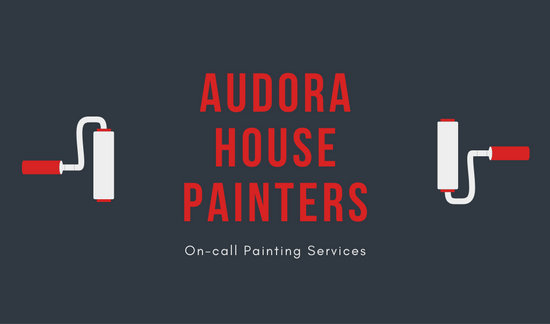Aspects To Consider For Business Outside Paint By Season: Essential Info You Should Have
Aspects To Consider For Business Outside Paint By Season: Essential Info You Should Have
Blog Article
Published By-Korsholm Skafte
When you're planning an industrial exterior paint job, seasonal elements can make or damage your results. You'll want to take into consideration how temperature level and humidity impact paint application and drying out times. Choosing the right period can guarantee your paint adheres effectively and lasts longer. Yet which periods are truly the very best for this kind of job? Allow's check out the key elements that can influence your task's success.
The Influence of Temperature on Paint Application
When you're planning a commercial exterior paint task, the temperature level can significantly influence how well the paint adheres and dries out.
Preferably, you wish to paint when temperature levels range between 50 ° F and 85 ° F. If it's as well cold, the paint might not heal appropriately, causing problems like peeling or breaking.
On the other side, if it's also warm, the paint can dry out as well rapidly, preventing appropriate bond and leading to an uneven coating.
You should also take into consideration the moment of day; morning or late afternoon uses cooler temperature levels, which can be more favorable.
Always examine the producer's recommendations for the specific paint you're utilizing, as they frequently provide support on the excellent temperature level array for optimum results.
Moisture and Its Result on Drying Times
Temperature level isn't the only environmental element that affects your industrial outside painting project; moisture plays a significant duty also. High humidity degrees can slow down drying times considerably, affecting the general high quality of your paint work.
When the air is saturated with dampness, the paint takes longer to treat, which can result in problems like inadequate attachment and a greater risk of mildew growth. If you're painting on a particularly damp day, be planned for prolonged wait times in between coats.
It's crucial to monitor regional climate condition and plan appropriately. Ideally, aim for moisture levels in between 40% and 70% for ideal drying out.
Maintaining these factors in mind ensures your job remains on track and delivers a long lasting coating.
Best Seasons for Commercial Exterior Paint Projects
What's the most effective season for your business outside paint projects?
Spring and very early autumn are generally your best bets. During these periods, temperatures are light, and humidity degrees are typically lower, developing suitable problems for paint application and drying.
simply click the up coming webpage , which can trigger paint to dry as well quickly, resulting in poor attachment and finish. Likewise, winter's cold temperature levels can hinder proper drying out and curing, risking the durability of your paint job.
Go for days with temperature levels between 50 ° F and 85 ° F for ideal outcomes. Remember to check siding painting company minneapolis for rain, as damp conditions can spoil your project.
Planning around these variables guarantees your paint project runs smoothly and lasts longer.
Conclusion
In conclusion, planning your industrial external painting jobs around seasonal considerations can make a considerable difference in the end result. By organizing work during the suitable temperature levels and humidity levels, you'll ensure better bond and drying times. Keep in mind to watch on neighborhood weather report and choose the correct time of year-- springtime and very early loss are your best choices. Taking these actions will assist you achieve a durable and professional coating that lasts.
